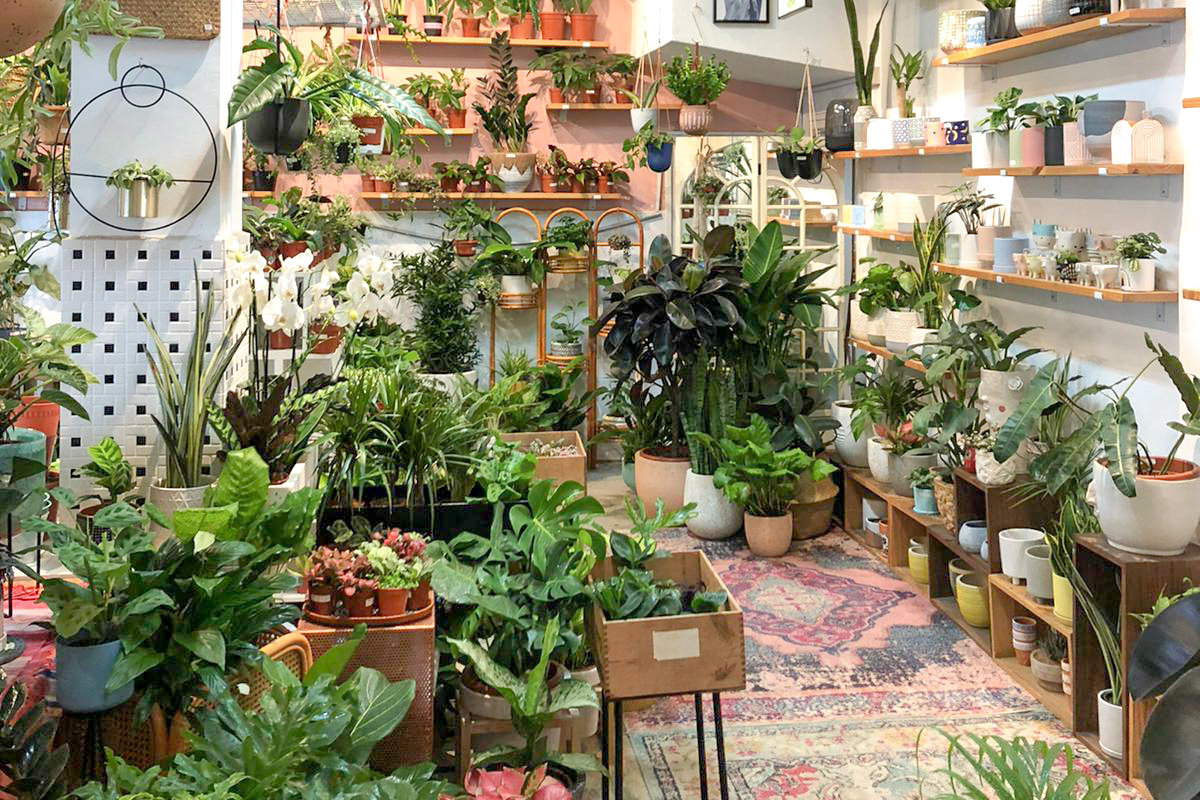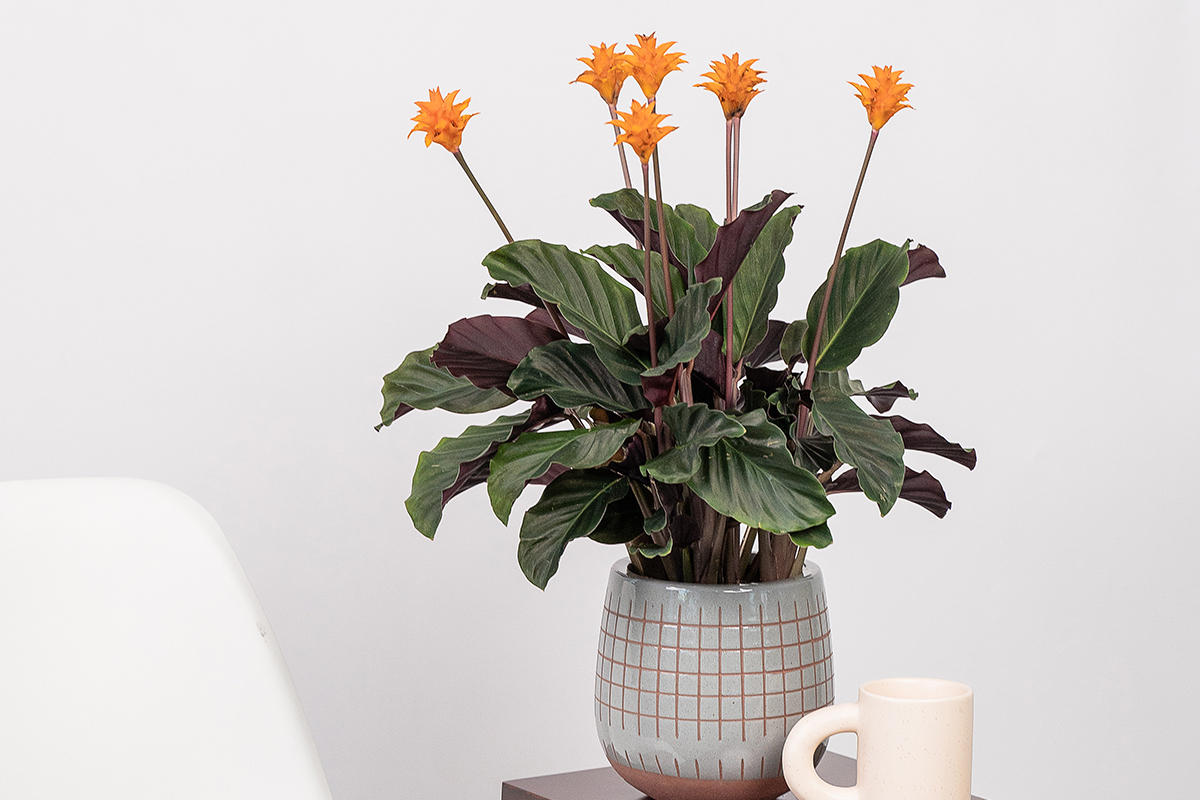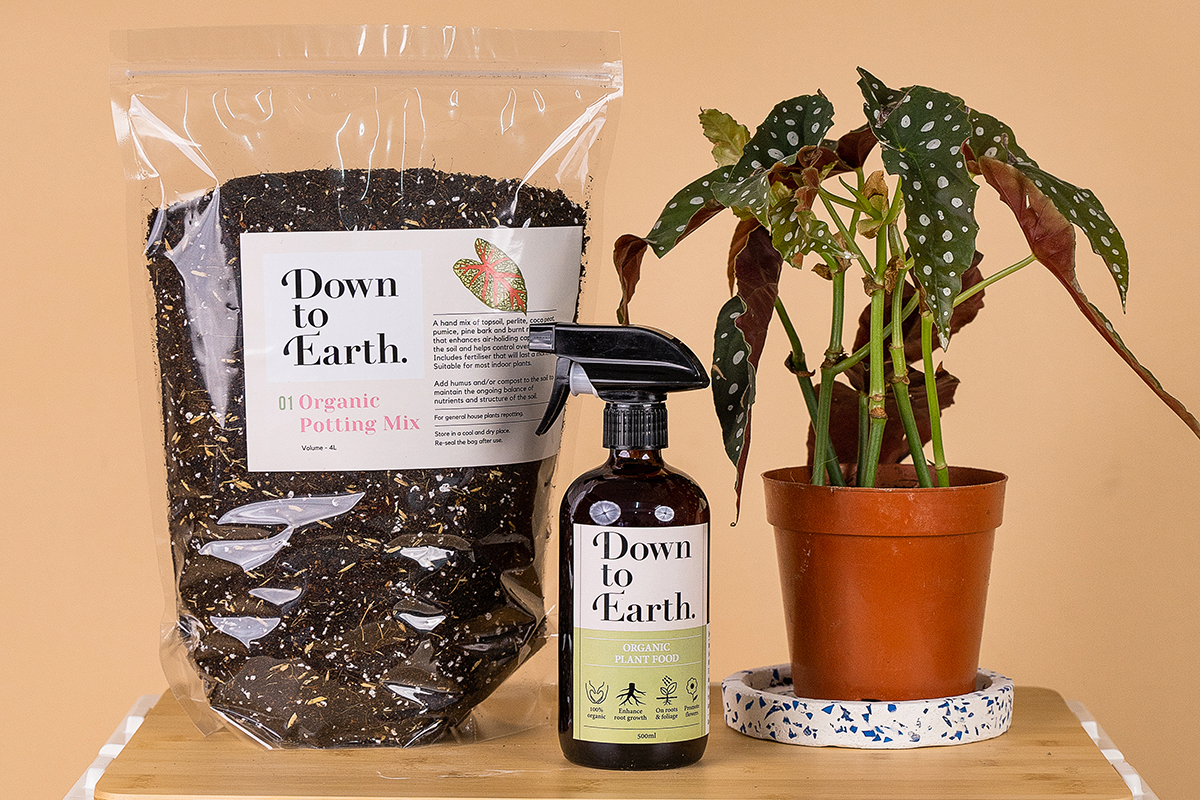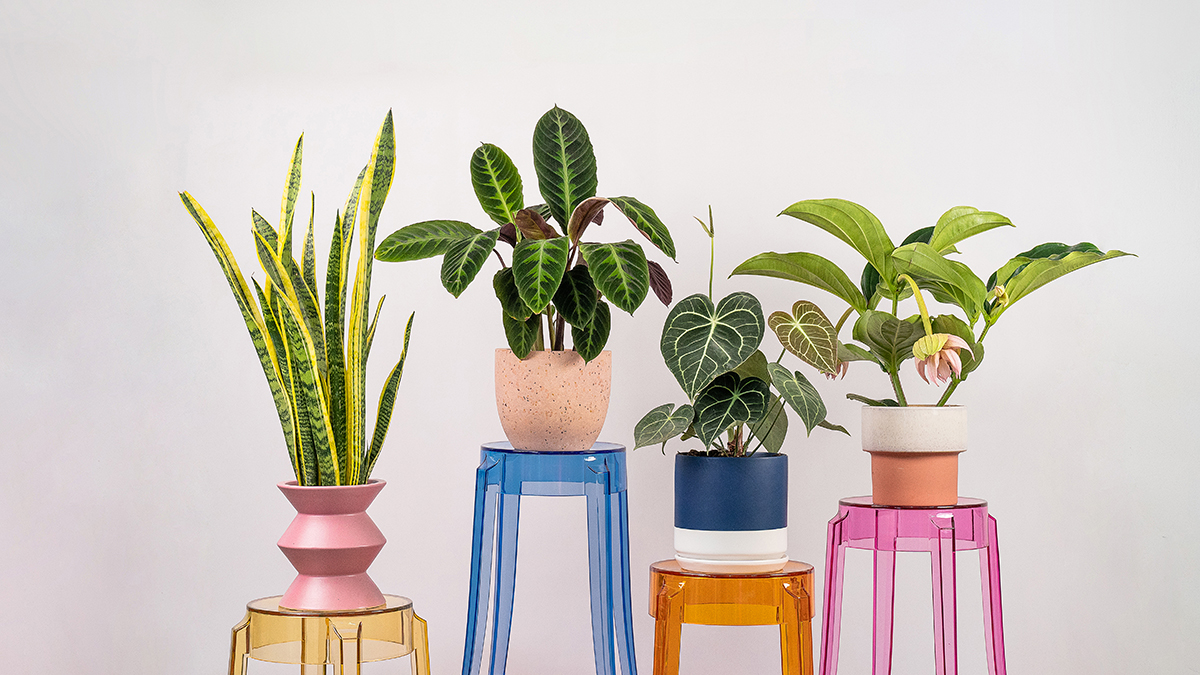Indoor gardening has become increasingly popular over the course of the pandemic, but it can be a difficult hobby to figure out. If you’re not sure where to start, which plants to pick, how to style them or how to keep them alive in the first place, these expert tips by Tumbleweed Plants will put you on the right track.
Are there any particular indoor plants you would recommend for beginners?
Denise, Tumbleweed Plants founder: Our top picks for beginners are the snake plant, ZZ plant, pothos, monstera, spider plant and palm. But the easiest tropical plant to keep alive indoors is definitely the Philodendron Brasil, which grows rapidly with minimal care. All these species are fairly low-maintenance and don’t need to be watered too frequently, making them a safe bet for those just starting out with plant parenting.
How do you suggest choosing plants for different rooms of the house?

The low light, warm temperatures and high humidity in bathrooms are highly welcoming for tropical houseplants. Ferns, air plants, pothos and philodendrons are all good choices.
If your kitchen gets a lot of natural light, a small aloe vera will do great on the kitchen counter. Or you could go for larger plants like fiddle leaf fig, provided there’s sufficient space on the kitchen floor. If you have high shelves, a trailing plant such as a variegated string of hearts or peperomia hope will instantly add some vintage vibes to your kitchen.
The living room is where you want to place an eye-catching statement piece that adds an elegant touch to your decor. We recommend going with larger plants with lush foliage such as bird of paradise, areca palm, peace lily, fiddle leaf fig, philodendron hope or elephant ear plant.
Beyond jazzing up your living spaces, plants also cleanse toxins from the air, reduce stress levels and boost your mood. Our top picks for air-purifying houseplants to promote better sleep in the bedroom are snake plants, rubber plants and Chinese evergreens.
What’s your favourite way to decorate with plants?

More is more when it comes to plants. Don’t be afraid to bring in more plants than you thought you had room for. You’ll be surprised how easily they fit into your space. To make your display visually mesmerising, bring in some ferns, succulent varieties and mosses, as well as your favourite leafy plants. Try to vary the height of your displays with stands, stools and shelves. Your space will look much more interesting when the plants are staggered unevenly across multiple levels.
Don’t be afraid to experiment with different elements and add your own personal touch. Surround your beautiful leafy plants with colourful rugs, patterned throw pillows or a vintage lamp—you’ll be amazed at the transformation. Decorative planters are also an easy way to play with textures; you can simply place your large plant in a colourful rattan basket, or your trailing plant in a stunning metallic hanging planter.
Hanging plants are an especially popular type of home decor. Do they require any extra care or special considerations?
It’s important to note that a hanging basket with a plant and wet soil can get heavy. The planter should be securely fastened to the wall or ceiling, which needs to be able to bear its full weight. That’s why smaller, lighter plants are often better for hanging planters.
If the planter has a drainage hole, do remember that water will run straight through, so place something underneath to capture it. Alternatively, place a water tray inside the hanging planter or basket so you can empty that out every time you water your plant.
What are some of the things homeowners don’t think about before buying plants for the first time?
It’s super important to consider the conditions in your home and try to find plants that will thrive in them. Neglecting this will quickly result in drooping or dying plants. Equally important is determining how much time you can dedicate to caring for your houseplants. They are, after all, living things.
Soil can be quite tricky. How can homeowners make sure they are choosing the right type of potting mix for their plants?

Soil or potting media has a big bearing on the health, longevity and stability of your plants. Tropical and sub-tropical houseplants should generally be potted in well-draining potting media to avoid the risk of roots becoming too wet and rotting. Mountain-dwelling succulent species, on the other hand, will be happy in a succulent and cacti potting mix.
What’s your top tip for picking pots and planters for the home?
Consider factors such as the material and size of the planters. Certain materials such as terracotta are more porous, hence more suitable for plants that prefer dry or well-aerated soil such as succulents or cacti. Growing houseplants also need enough room for their roots to spread out and absorb nutrients from the soil, so look up how big the plant can grow and choose a planter that is able to accommodate this.
When it comes to aesthetics, it’s all about balancing colours, shapes and textures. Choose neutral planters for plants with bright, colourful foliage, cylindrical planters for tall, upright plants and eclectic planters with an earthy look for bohemian vibes.
Are there any misconceptions about indoor plants that you would like to clear up?

The first misconception would be that caring for houseplants is difficult. We believe that anyone can learn how to care for plants, it just requires patience and perseverance! There are millions of plant species out there, more than enough to cater to different interests and care capacities.
The second misconception is that rare houseplants are superior to common ones. A big trend that emerged last year was rare, variegated houseplants. These have been selling for very steep prices, but there are certain care and sustainability issues when it comes to these varieties. We believe that plants should be accessible to all and encourage people to check out the sources of their plants so they can make informed choices.
Finally, an important misconception we want to clear up is that watering plants regularly is enough. We can’t stress enough that plants are living things and simply watering them regularly isn’t a fail-safe solution! How fast the plant is growing, the amount of light it receives on all sides and changes in humidity and temperature affect how much and how often you should water your plants. Resist the temptation to overwater your plants as well, as it’s the most common cause of dying houseplants.



